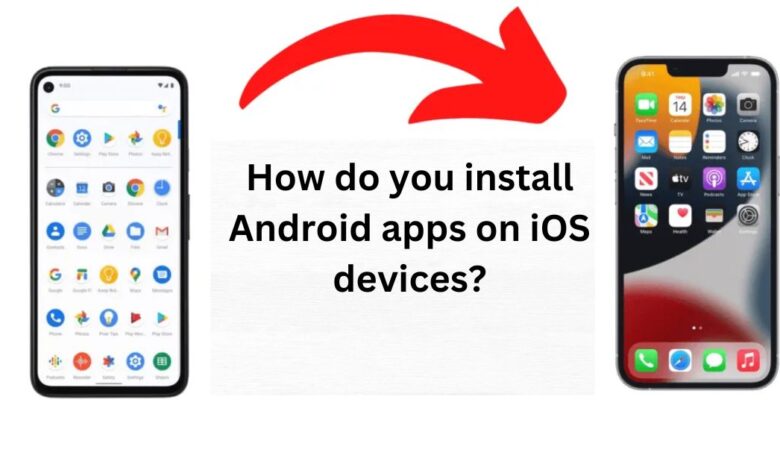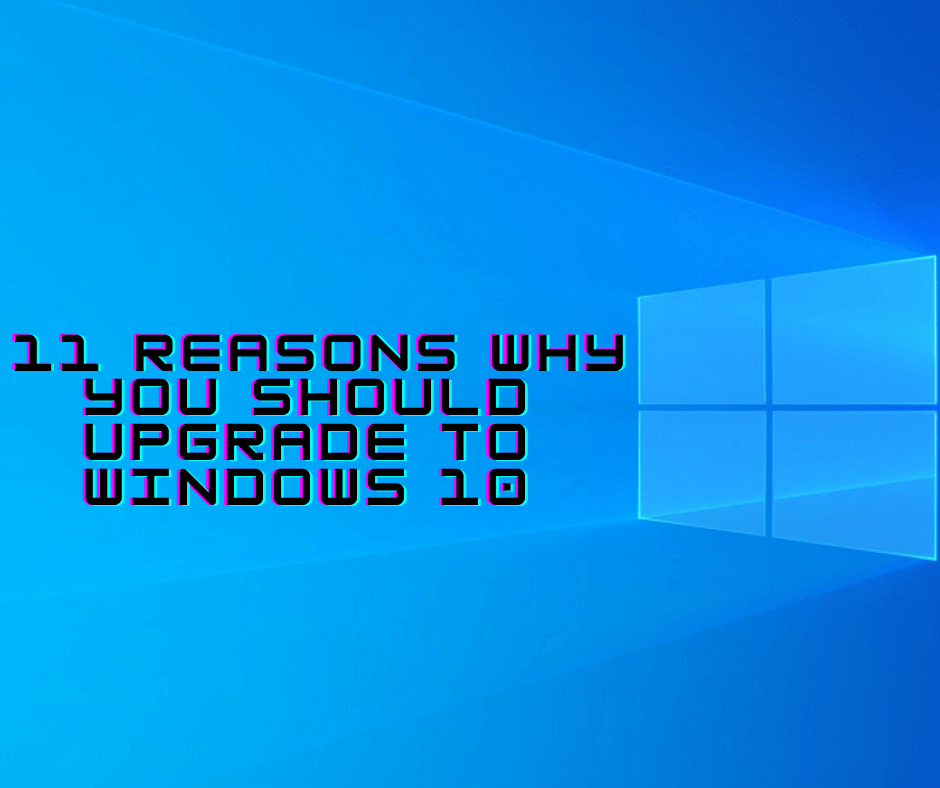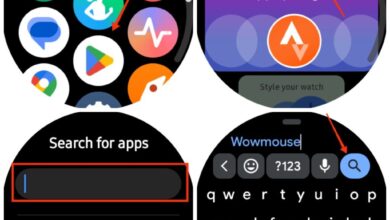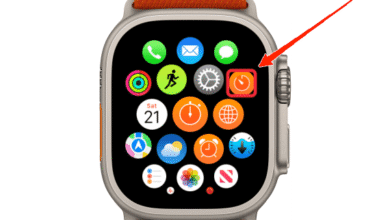Can You Run Android Apps on iPhone? Here’s What You Need to Know

Run Android Apps on iPhone: Many users come across Android apps that aren’t available on the Apple App Store. If you’ve ever wanted to install an Android app on your iPhone, you’re not alone. It’s a common question—but the solution isn’t as simple as downloading and tapping “Install.”
In this guide, you’ll learn why Android apps don’t run natively on iPhones and explore a few methods that people have used to access them using workarounds.
Can You Install Android Apps on iPhone?
The short answer is: not directly. Android apps are built in a different format than iOS apps. Android uses APK files, while iOS uses IPA files. These files are not compatible, and iPhones are not designed to recognize or run Android software.
However, some tools and services exist that let you emulate Android environments or mirror Android apps to your iPhone.
Why APK Files Don’t Work on iOS
APK (Android Package Kit) files are designed for Android’s system architecture, which includes Java-based code and an open-source framework. iPhones use a different language structure, strict app signing, and sandboxed security. This is why an APK file will not open or install on an iPhone.
Methods to Try Running Android Apps on iPhone
1. Use UTM Virtual Machine
UTM is a free virtual machine emulator for iOS. It allows you to install a full Android OS within a virtual environment on your iPhone. This doesn’t modify the iPhone’s system, so it’s a safer alternative to jailbreaking.
You’ll need to:
-
Download UTM
-
Install an Android ROM (ISO or IMG)
-
Set up the virtual machine and boot it
This method works for basic apps and is mostly used for educational purposes. It may not be suitable for high-performance apps or games.
2. Try Remote Control Apps
If you have an extra Android device or access to someone else’s, you can remotely control that phone from your iPhone using apps like TeamViewer or AnyDesk.
The Android app runs on the Android phone, but you can operate it via your iPhone’s screen. This method only mirrors the Android interface and doesn’t install the app on iOS.
3. Use BrowserStack
BrowserStack is a cloud-based platform used by app developers to test apps on various devices. You can upload an APK and run it in a virtual Android device from any browser, including Safari on iPhone.
This is a developer-focused tool, but it’s also helpful for regular users who want to check how an Android app works without installing it.
4. Jailbreak and Install iAndroid (Not Recommended for Everyone)
Jailbreaking gives your iPhone access to deeper system files. After jailbreaking, you can install the iAndroid repo via Cydia, which lets you emulate Android apps.
Caution: Jailbreaking may void your warranty, reduce device security, and cause performance issues. Proceed only if you understand the risks.
Final Thoughts
While there’s no native way to install Android apps on iPhone, emulators and cloud-based tools offer temporary solutions. These methods can help you test or access certain apps, but they often come with limits.
Most importantly, be careful about using any method that asks for device access or jailbreaking. Always research and back up your data first.
FAQs
Q1. Can I directly install an APK file on an iPhone?
No, APK files are not supported on iOS. They won’t install or run.
Q2. Is it legal to use emulators like UTM on iPhone?
Yes, UTM is legal and safe as long as you use it for personal or educational purposes.
Q3. Will jailbreaking my iPhone let me run Android apps?
Possibly, but it’s risky. Jailbreaking removes security restrictions and may void your warranty.
Q4. What is the safest method to try Android apps on iPhone?
Using BrowserStack or remote control apps is safer than jailbreaking.
Q5. Can I get Android apps from the App Store?
No, iOS apps must be developed and submitted to the App Store using Apple’s guidelines. Android apps do not appear on iOS.
Stay Connected With Sociallyadda.com For More Updates






